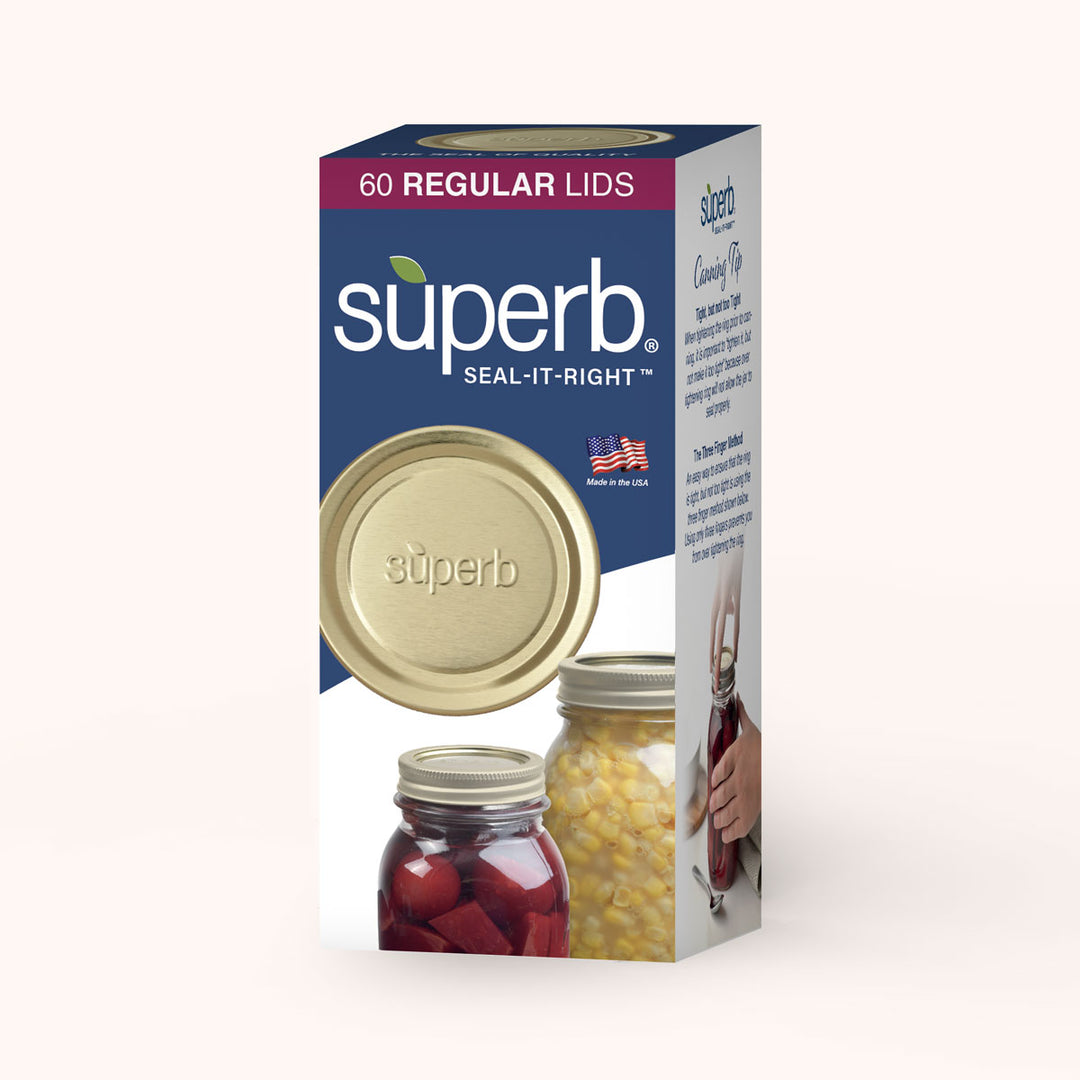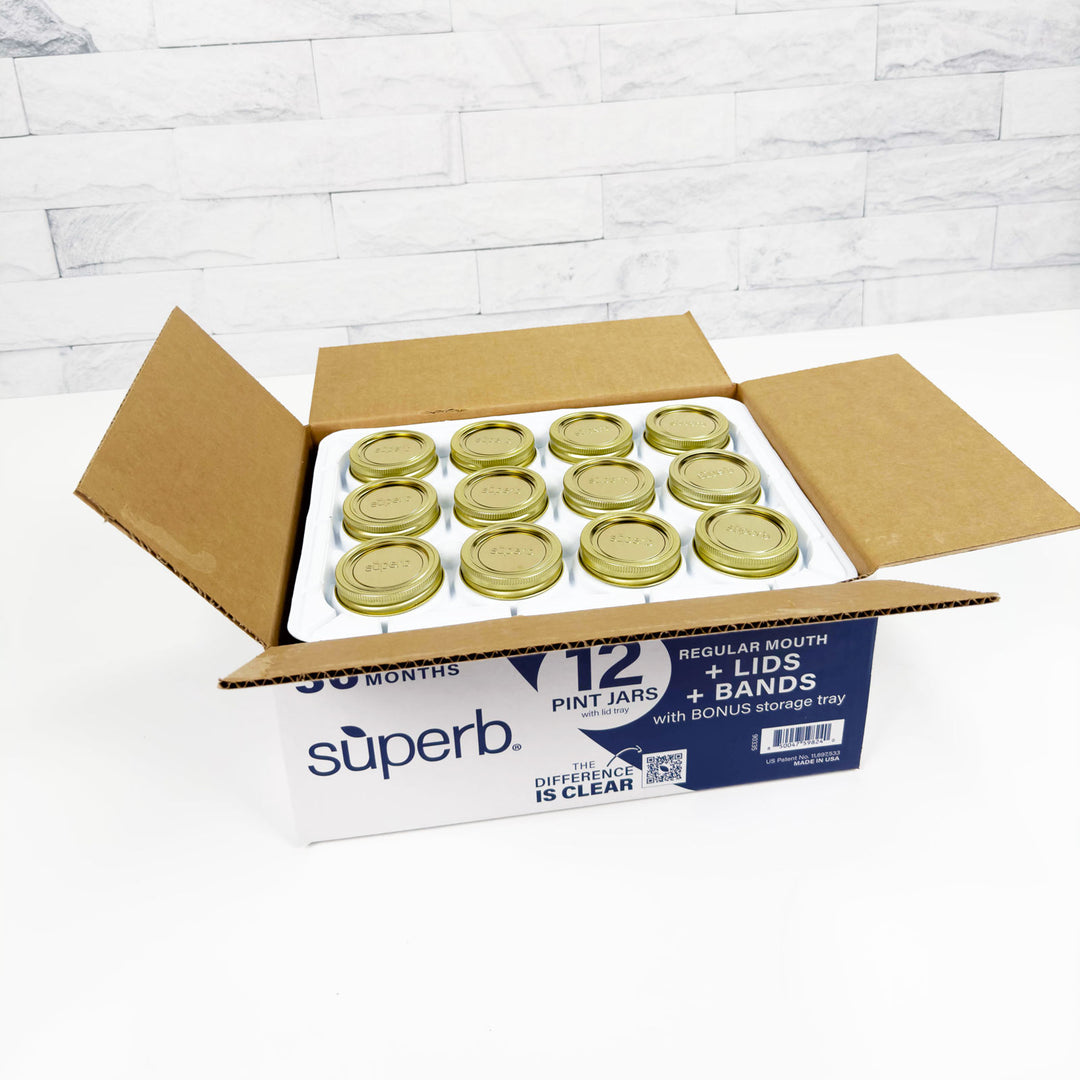Answering the Top 5 Questions Beginners Ask
If you’re just getting into canning—or thinking about it—you’re probably a mix of excited and nervous. That’s totally normal. Canning is a time-tested way to preserve food, save money, and feel a little more in control of what you eat. But it can also feel like a lot to learn.
Let’s walk through five of the most common questions new canners ask. These answers are meant to give you a clear, honest starting point—with no fear-mongering and no fluff.
@peeliesnpetals GRWM top 5 canning questions. If you have more questions, drop them in the comments & lets talk about them. #peeliesnpetals #canning #grwm #waterbathcanning #pressurecanning #foodpreservation ♬ Yeah Yeah Yeah - Musisihalu
1. Do I have to own a pressure canner?
Short answer: not necessarily. It depends on what you’re canning.
The type of food you want to preserve determines the process. High-acid foods (like most fruits, jams, and tomatoes) can safely be water bath canned. Low-acid foods (like meats, beans, and many vegetables) need the higher temperature a pressure canner provides.
Some people and even whole communities (like the Amish) do most of their canning using the water bath method—but if you go that route, it’s important to do your research and understand the risks. Safety first. Always.
2. How long is home-canned food good for?
Technically, indefinitely—if it’s sealed and stored properly.
That said, most people eat their canned goods within 1 to 3 years. That’s when the texture, color, and nutritional value are at their best. If a jar is sealed and the contents look and smell fine, it’s still safe. But you might not want to eat green beans you canned in 2004.
3. What’s the best place to start canning if I’m totally new?
Start simple. You don’t need fancy gear. A water bath canner (or just a big pot with a rack) and a few jars will do the trick.
Stick with high-acid foods. Fruit, fruit juices, and tomato products are great beginner options. A lot of people suggest starting with jam—but that can be tricky. Jams and jellies are part science, part art, and they can be a little frustrating if your first few batches don’t set right.
Instead, try canning a batch of applesauce or tomato juice. It’s straightforward and satisfying.
4. Should I be afraid of botulism from canning?
Nope—and here’s why.
Yes, botulism is serious. But if you follow modern canning guidelines from trusted sources, your risk is extremely low. In fact, you’re probably at greater risk from that bag of pre-washed lettuce in your fridge.
Use tested recipes. Follow the instructions. Don’t cut corners. Do that, and you’ll be just fine.
5. Is canning actually worth it, financially?
Absolutely—especially if you’re already gardening or buying in-season produce.
There’s an upfront investment in jars and equipment. But you can often find those secondhand or on sale. And once you’ve got the basics, you’re set for years.
Think of it this way: every time you toss wilted greens or moldy strawberries, you’re throwing away money. Canning helps you save that food—and your grocery budget.
Some families save thousands per year by canning what they grow or buy locally in bulk. Plus, home-canned food means fewer store trips, fewer last-minute takeout orders, and more food security overall.
Final Thoughts
Canning might seem old-fashioned, but it’s as relevant as ever—especially if you're looking to waste less, save more, and take control of your food supply. The basics are simple, the tools are accessible, and the rewards are real. Start with what you have, go one jar at a time, and trust that you’ll learn as you go. Like any good habit, it builds with practice—and your pantry will thank you for it.









